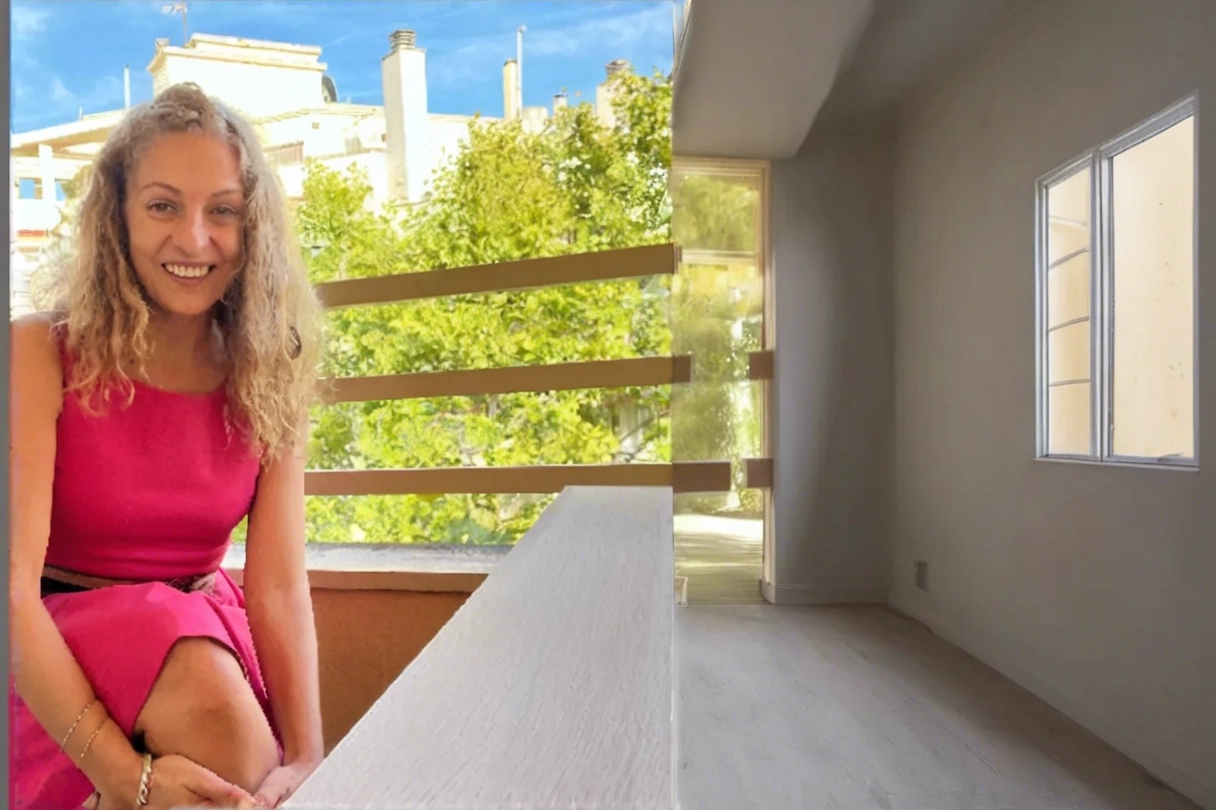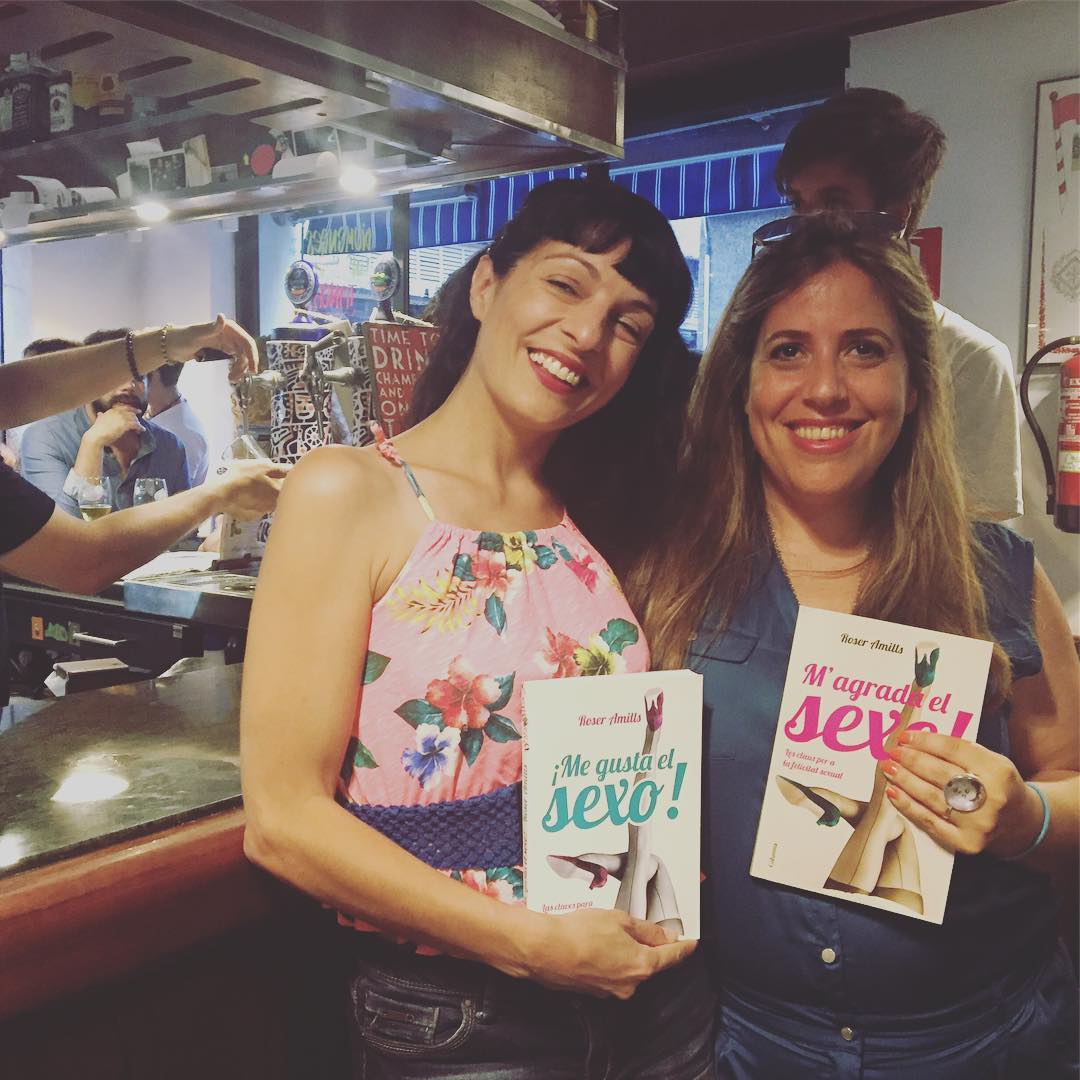Sex and tolerance, the culture codes
Why where these ads appealing and not rejected as they would have been in other societies? Because Desigual knows its customers and the culture they live in. The two last spots invoke an attitude that represents a strong culture code in Spain: although it is quite a traditional society in many aspects —and being “traditional” in Spain has mostly good connotations—, in terms of real acceptance of diversity (in this case, gender roles and identities), it is quite open and respectful in daily life, something that was formally expressed in the same-sex marriage law in 2005 and in the law about gender equality in 2007.
They also appeal to another culture code related to enjoying life —which is a feature of the Spanish way of being/living—, that went on in the two following campaigns, under the #hazloporlamañana (“Do it in the morning”, 2013) and #yomeatrevo (“I dare”) hashtags: sex is lived as something joyful and enjoyable by most of Spanish society, something that is openly talked about and referred to. (Other campaigns that represent this clearly in Spain are the ones from Durex: they focus on sex as a pleasurable activity, and they don’t talk about contraception at all, as they do in other countries). A recent and successful book by Roser Amills also reinforces this idea: its title is I like sex, and its author is a female journalist who also writes about technology in one important newspaper. This could be something shocking for other cultures: in Spain, you are who you are, and this is not necessarily determined by what you do. And of course, you are allowed to do as many things as you want, without being too judged by society in daily life.
The challenge and the shift
Through a deep understanding of the society and the core codes/values of their brand, Desigual re-thought the meaning of being different, fresh and daring: they lifted it from design to the people they dress. This was a smart move: there are still many brands that get mad at their audiences because they “don´t understand” what they are conveying and get stuck with the same message and tactics. Thinking over the core brand meanings and developing strategies to express them in new and appealing ways is a great way of keeping your followers next to you and of showing you care and hear their complaints, something essential in the era of social media. This negative buzz was transformed into something else: being fresh and different it’s not only about the design, it’s about you and your attitude in life. And Desigual is (still) by your side, celebrating distinctness.
And now?
Although there was a different turn in the ad they launched for Christmas 2015 (which was so general it could have fitted any other brand, such as H&M, Zara or Mango), they’ve kept the essential spirit about attitude in the early 2015 campaign with #queves (#whatdoyousee) proposal, which features Chantelle Winnie, a model with vitiligo —challenging traditional and mainstream ideas about beauty—, and the recent 2016 “Hundred miles”, which also includes older women. So the “Desigual” spirit is still alive, breathing and working well.
© Gabriela Pedranti 2016

